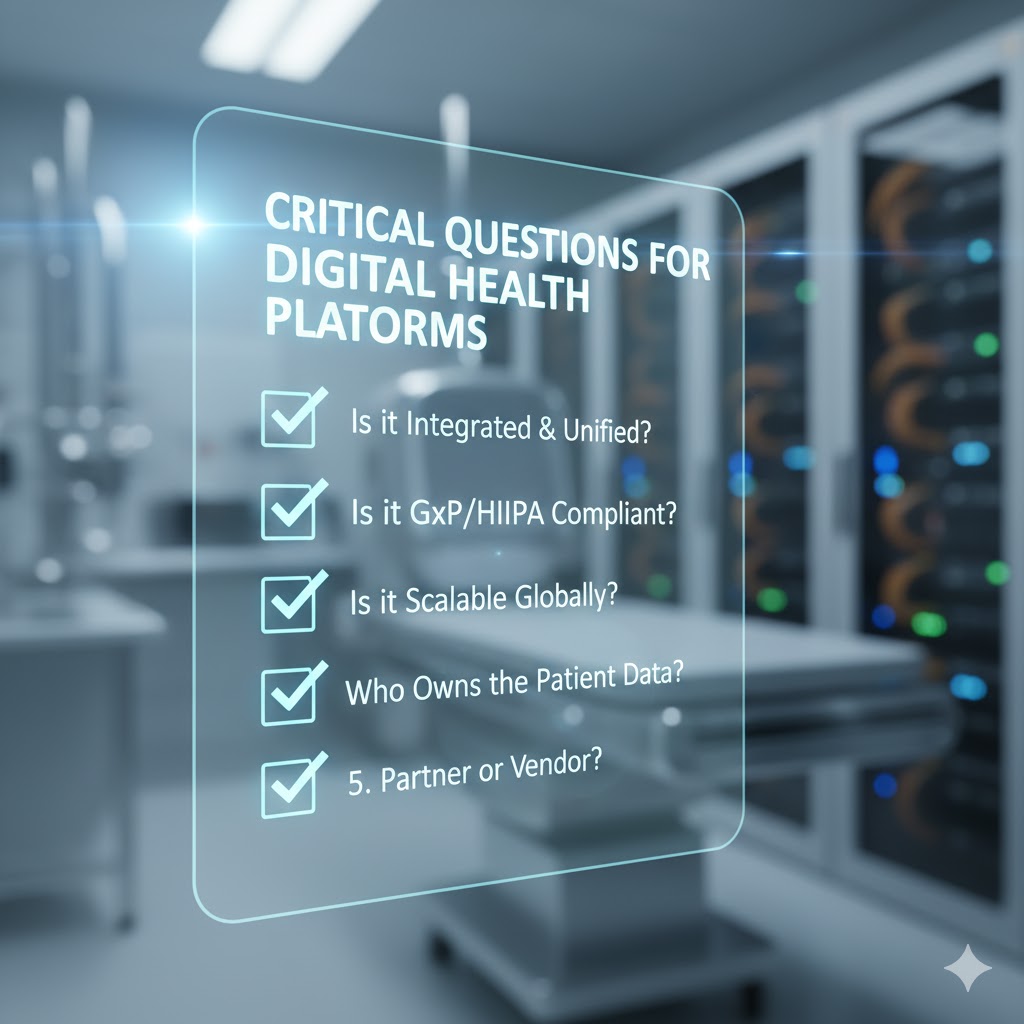Maintaining Data Integrity and Source Data Verification in Remote Trials
Decentralized and hybrid clinical trials are reshaping how data is collected and monitored—but they also introduce new challenges in maintaining data integrity and conducting source data verification (SDV). Without in-person site visits and centralized documentation, sponsors and CROs must adopt new processes to ensure accuracy, traceability, and compliance.
This guide explores how to protect data quality and perform effective SDV in remote-first trials.
Why Data Integrity Matters More in Remote Trials
As clinical trials become more remote and digital, data flows in from diverse sources: ePROs, wearable devices, telehealth platforms, EHR integrations, and third-party vendors. These inputs introduce:
- Data fragmentation across systems
- Greater variability in data entry methods
- Increased risk of inconsistencies or incomplete records
Despite these complexities, regulatory bodies still expect the same level of data quality and auditability as traditional on-site trials. That means remote teams need modern tools and clearly defined procedures to ensure clinical data is complete, accurate, and inspection-ready.
What Is Source Data Verification (SDV)?
Source data verification (SDV) is the process of checking entered trial data (e.g., in an EDC system) against the original source documents, such as:
- Electronic health records (EHRs)
- Lab reports
- Paper charts
- ePRO submissions
- Telehealth visit notes
Traditionally, CRAs performed SDV through in-person visits. In remote trials, that model is evolving toward digital workflows and centralized monitoring.
New Challenges for SDV in Remote Trials
- Limited site access: Monitors may not be able to review source data in person
- Unstandardized file formats: Scanned documents, PDFs, and uploads vary in quality and structure
- Non-traditional data sources: Data comes from wearables, mobile apps, or patient portals, not just clinical sites
- Lack of real-time visibility: Sponsors may face delays in accessing or reviewing data
- Vendor coordination: eSource data may reside with multiple third-party providers
Best Practices for Maintaining Data Integrity
- Centralize documentation: Use cloud-based platforms that support secure, role-based uploads and annotations
- Create SOPs for source data: Define what qualifies as source, how it’s captured, and where it’s stored
- Use built-in audit trails: Choose tools that track who entered what data, when, and why
- Train sites and vendors: Ensure consistency in data capture, upload timelines, and labeling conventions
- Schedule regular QC checks: Flag discrepancies, late entries, or missing documents proactively
Modern Approaches to Remote SDV
- Remote SDV Portals: Platforms that allow CRAs to review scanned source documents online, with annotations and timestamps
- Direct eSource Integration: Data flows directly from EHRs, ePROs, or devices into the EDC, eliminating the need for transcription
- Risk-Based Monitoring (RBM): Focus SDV efforts on high-priority fields, critical endpoints, and underperforming sites
- Cloud-based EDC and CTMS tools: Support remote monitoring with dashboards, alerts, and secure file exchange
Regulatory Expectations
Regulators continue to expect:
- ALCOA compliance: Data must be attributable, legible, contemporaneous, original, and accurate
- Audit readiness: Systems must provide traceability for data entry and changes
- Validation and security: All platforms must meet 21 CFR Part 11 or GxP standards for electronic records
The FDA and EMA both support remote monitoring and eSource, provided validation, SOPs, and documentation are in place.
Real-World Examples
- A rare disease trial used a remote SDV portal to reduce CRA travel by 80%, while maintaining inspection readiness and audit trail completeness
- A decentralized oncology study captured data from wearable devices and telehealth visits directly in the EDC, with auto-logged source attribution
- A CRO working with home health vendors implemented a centralized SOP for defining and uploading source data, cutting data query rates by 40%
Key Takeaways
- Remote trials require new tools and procedures to uphold data quality and SDV standards
- Invest in centralized systems, validated workflows, and clear SOPs
- Focus SDV efforts using a risk-based approach to reduce burden while maintaining oversight
- Ensure auditability, traceability, and regulatory alignment from day one
Frequently Asked Questions (FAQs)
1. What qualifies as source data in a remote trial?
Any record—electronic or paper—that documents a patient observation or activity used for study analysis, including EHRs, ePRO entries, and wearable data.
2. Can SDV be 100% remote?
Yes, with validated tools, secure portals, and cooperative site practices, many sponsors now perform SDV entirely off-site.
3. How does the FDA view remote SDV and eSource?
The FDA encourages adoption when systems are secure, validated, and aligned with GCP. Documentation and traceability are critical.
4. What systems help with maintaining audit readiness?
Modern EDCs, CTMS, and SDV portals that include audit trails, secure uploads, timestamping, and real-time alerts.





